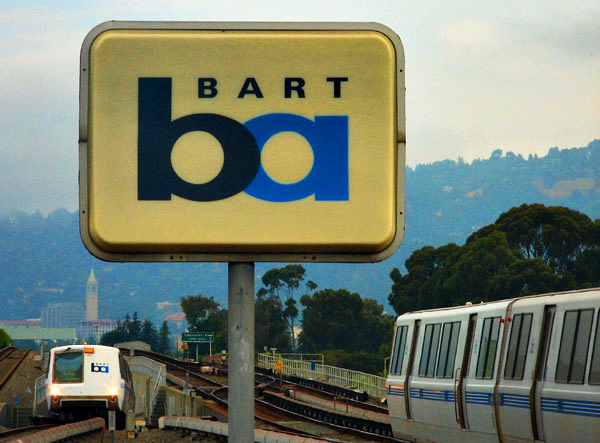Originally posted at Fox & Hounds Daily.
By Michael Bernick.
Magical thinking pervades our California state and local government. Policymakers often believe an event will occur because they want it to occur.
So it has been on the BART strike. From the start of negotiations in the spring of 2013, local officials have claimed that the two sides could reach agreement, without paralyzing the region, even though all evidence since 1979 has been to the contrary. Every negotiation since 1979 has been contentious and gone down to the last day. The pattern was the same this time, except that the unions, SEIU and ATU, went out on strike on Friday morning, October 15, before a settlement was reached on Monday night.
In the past twenty years of negotiations I’ve never seen such public anger at the BART unions for not settling earlier, and for going out on strike. But the anger is misplaced. The BART system runs so well because of its highly professional workforce. Further, the BART unions were aggressively pushing for better pay and benefits for their members. That’s what unions do.
The problem is in the structure of negotiations. For public transit workers, as for police and fire, collective bargaining with the strike option has become a dysfunction system. The impact on a third party, residents of the region, has become too great. Since 1979, additional transportation capacity, outside of BART, has not kept up with population growth. BART dominates the region’s mobility network.
If there had been a form of arbitration this time, BART workforce would have not been no worse off. The settlement likely would have been very similar to what was achieved through the anxiety-filled and highly disruptive process utilized.
In the past months, a number of other former elected officials have suggested publicly there should be a limit on public transit strikes. The idea has been taken up by others, including longtime editorial page editor John Diaz of the San Francisco Chronicle and Orinda Councilmember (and former Governor Brown aide) Steven Glazer. On Tuesday, Glazer was able to pull together other East Bay elected officials in support, including Brentwood Mayor Robert Taylor, Oakley Mayor Kevin Romick, Moraga Mayor Dave Trotter, Lafayette Vice Mayor Don Tatzin, Orinda Vice Mayor Sue Severson and Walnut Creek Councilman Bob Simmons.
Will this idea take further hold in the months ahead? Or will its advancement turn out to be our form of magical thinking?
* * *
Michael Bernick is a former California Employment Development Department Director & Milken Institute Fellow.





